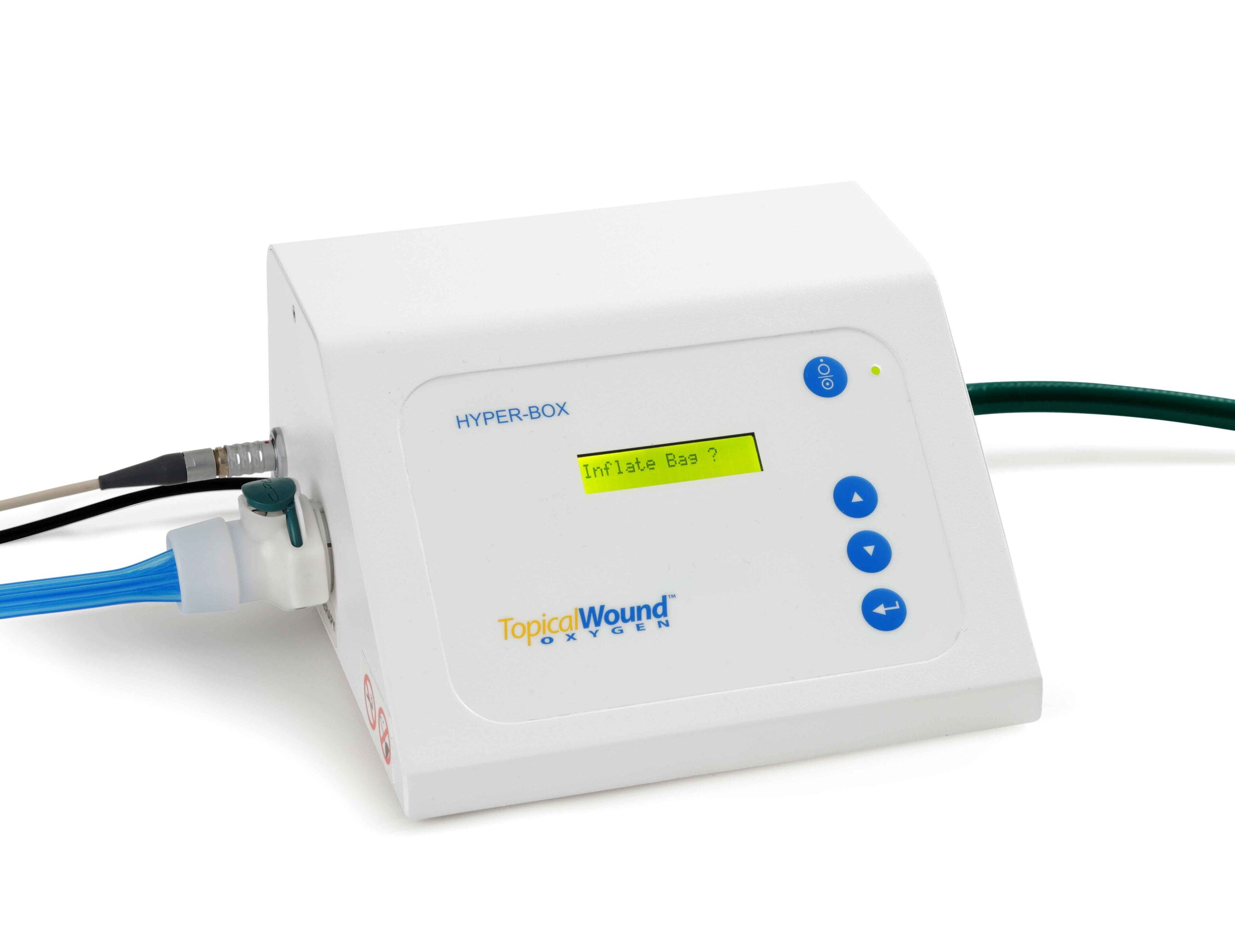
Chronic wounds, particularly those affecting the lower extremities, can have debilitating consequences on a person’s quality of life. Among the most common chronic wounds is stasis, vascular, venous, and diabetic leg ulcers. These conditions pose significant challenges to patients and healthcare professionals due to their prolonged healing times and potential for complications. This article will explore these chronic wounds’ characteristics, causes, risk factors, and management approaches.
Stasis Ulcers:
stasis ulcer, also known as venous stasis ulcer or gravitational ulcer primarily occurs in the lower legs and ankles. These ulcers result from venous insufficiency, where the valves in the leg veins fail to prevent backward flow, causing blood pooling and increased pressure in the veins. The elevated pressure weakens the blood vessel walls, leading to the development of open sores over time.
Causes and Risk Factors:
Stasis ulcers are typically associated with chronic venous insufficiency, resulting from various factors such as deep vein thrombosis (DVT), obesity, prolonged immobility, and a history of varicose veins. Individuals with a family history of venous disorders, older age, or those with previous leg injuries are at a higher risk of developing stasis ulcers.
Vascular Ulcers: A group of chronic wounds to a specific area
vascular ulcer encompasses a group of chronic wounds that result from impaired blood flow to a specific area, leading to tissue damage and ulceration. These ulcers can occur in various locations but most frequently affect the lower extremities.
Causes and Risk Factors:
Vascular ulcers can arise from various vascular conditions, including peripheral arterial disease (PAD), atherosclerosis, and vasculitis. PAD is the most common cause, involving narrowed arteries that limit blood supply to the legs. Risk factors for vascular ulcers include smoking, diabetes, hypertension, high cholesterol, and a sedentary lifestyle.
Management:
Treatment for vascular ulcers centers on improving blood flow to the affected area. This may involve lifestyle changes like smoking cessation and adopting a healthy diet and exercise routine. Medications to manage underlying conditions like diabetes and hypertension may also be prescribed. In severe cases, surgical interventions, such as angioplasty or bypass surgery, might be necessary to restore proper blood flow.
Venous Ulcers:
Venous ulcer, also known as varicose or hemostatic ulcer, predominantly affects the lower legs and ankles. These ulcers result from long-standing venous insufficiency, similar to stasis ulcers, but they often have distinct characteristics.
Venous ulcer results from long-standing venous insufficiency.
Causes and Risk Factors:
Venous ulcers are commonly linked to swollen and twisted varicose veins caused by weakened vein walls and faulty valves. The backflow of blood in these veins leads to venous hypertension and eventual ulceration. Risk factors for venous ulcers include obesity, a sedentary lifestyle, multiple pregnancies, and a family insufficiency history.
Management: Like stasis ulcers, compression therapy is vital in managing venous ulcers by reducing swelling and improving blood flow. Elevating the affected leg and regular wound care are essential components of treatment. Sclerotherapy or vein surgery may be recommended to treat varicose veins and prevent recurrent ulcers.
Diabetic Leg Ulcers:
Diabetic leg ulcer is chronic wounds in individuals with diabetes, most commonly affecting the feet. They are a significant complication of diabetes and are more likely to develop in those with poorly controlled blood glucose levels.
Causes and Risk Factors:
Diabetic leg ulcers result from a combination of factors, including neuropathy (nerve damage), peripheral arterial disease (PAD), and impaired immune response. Neuropathy reduces the patient’s ability to perceive pain or pressure, leading to increased friction and trauma to the skin. PAD restricts blood flow to the extremities, impairing wound healing. Elevated blood sugar levels also impede the immune system’s ability to combat infections.
Conclusion:
Stasis, vascular, venous, and diabetic leg ulcers are distinct chronic wounds that affect the lower extremities and require comprehensive management approaches. Early detection, diligent wound care, and addressing the underlying causes are critical to successful outcomes. Collaborative efforts between patients, healthcare professionals, and specialists are essential to optimize treatment strategies and improve the overall well-being of individuals living with these chronic ulcers.